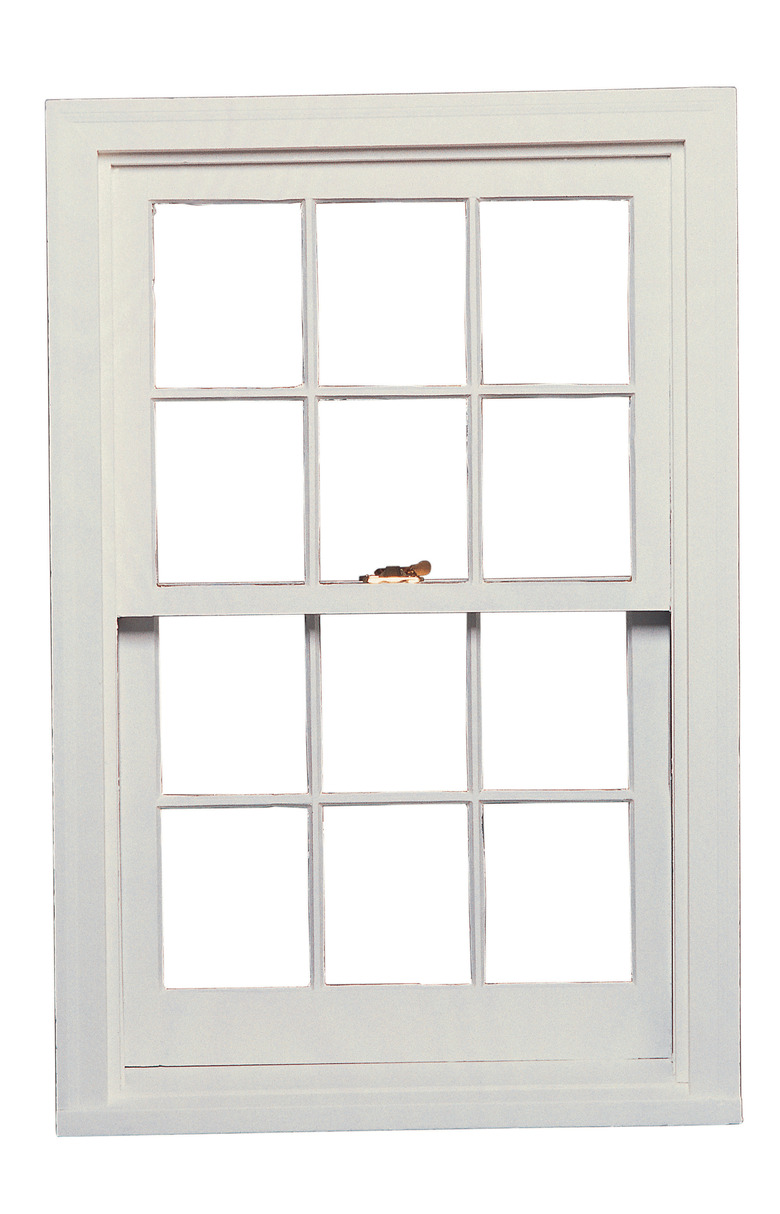Which Way Should A Window Screen Go In?
There are two different ways for a screen to go in or install. Exterior screens install over windows from the outside, usually on first floor windows. Interior screens are intended to be installed from inside the home, with the plunger pins or spring systems on the inside of the screen frame so you can access them from inside through an open window.
Exterior Plunger Screens
Exterior Plunger Screens
Exterior screens often have small plungers that you can pull to retract a pin out of the window frame and remove the screen. The pin is only accessible from outside the house, so you should install the screen from the outside. Grasp the pins and pull them while lining the screen up with the window frame. Once the screen is seated, release the pins and make certain the screen is secured.
Double Hung Full Screen
Double Hung Full Screen
Many double hung windows have a full screen that covers both the top half of the window and the bottom half. Springs on either side of the screen's frame typically keep these in place. Install these screens from inside the home, making sure to latch the screen locks after the screen is in place.
Double Hung Half Screen
Double Hung Half Screen
Double hung windows can also use half screens, which independently cover the top and bottom half of the window. You can install these screens from inside the home if the window sashes are tilted in, as you would when you clean the window. Install the screen for the bottom half of the window first, followed by the top screen.
Second Floor and Above
Second Floor and Above
For safety, when installing screens in windows on the second floor of your home and higher, attempt to do so from inside the home before using a ladder. Most screens are designed to be installed and removed from inside the home, and can tilt to fit through the window.
